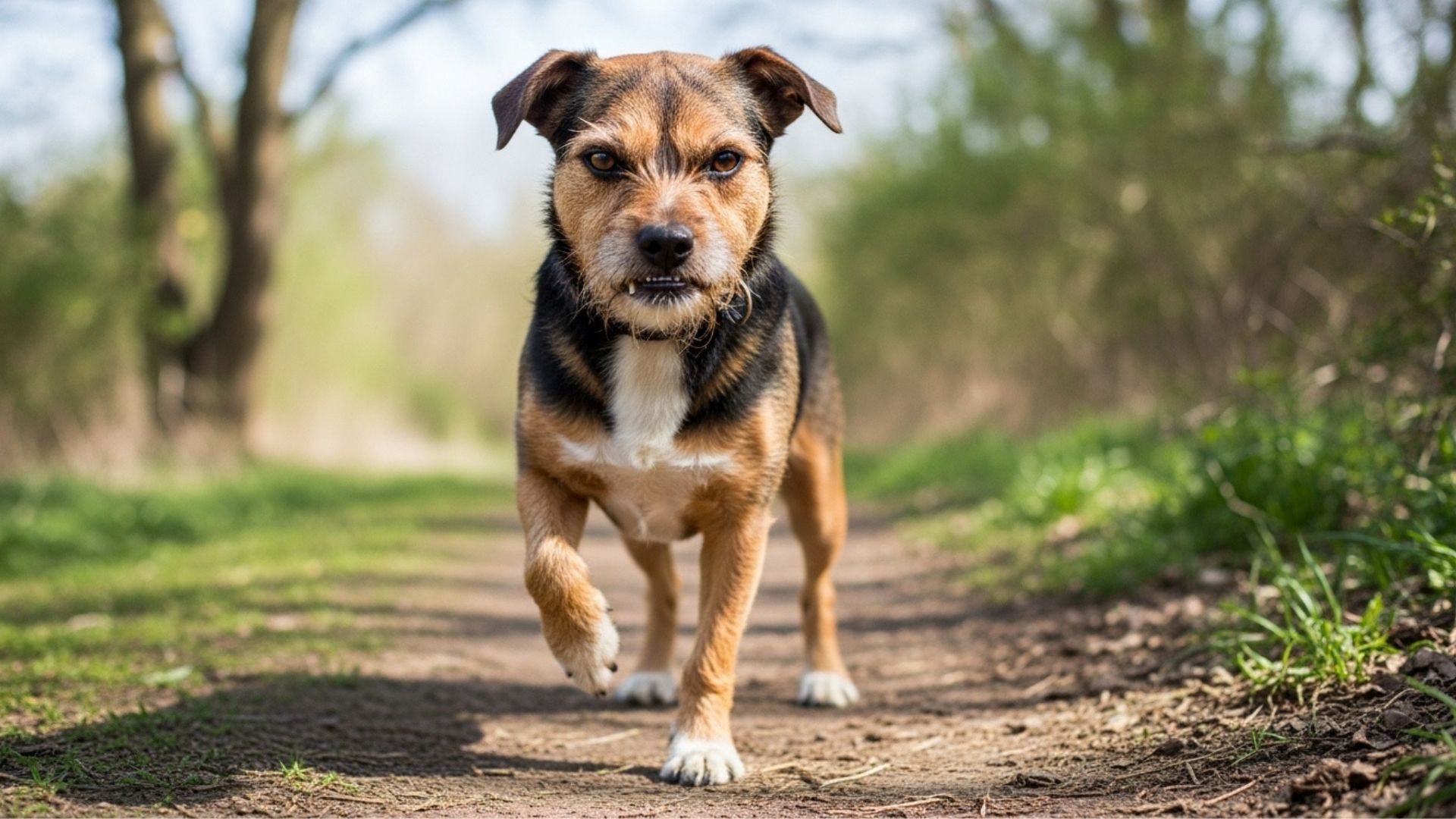Some dogs are all cuddles and wagging tails, while others have a sassier side that can feel, well… a little rude.
From giving you the cold shoulder to acting like they own the couch, certain breeds are known for their bold personalities and stubborn streaks. Of course, “rude” here doesn’t mean bad; it’s just their way of showing independence, confidence, or a bit of cheeky attitude.
These breeds can still be loving and loyal companions, but they often come with quirks that make them stand out (and sometimes test your patience).
Ready to meet the pups with the sassiest reputations? Let’s dive into the 9 most “rude” dog breeds ever seen.
Most Rude Dog Breeds Ever Seen
1. Chow Chow
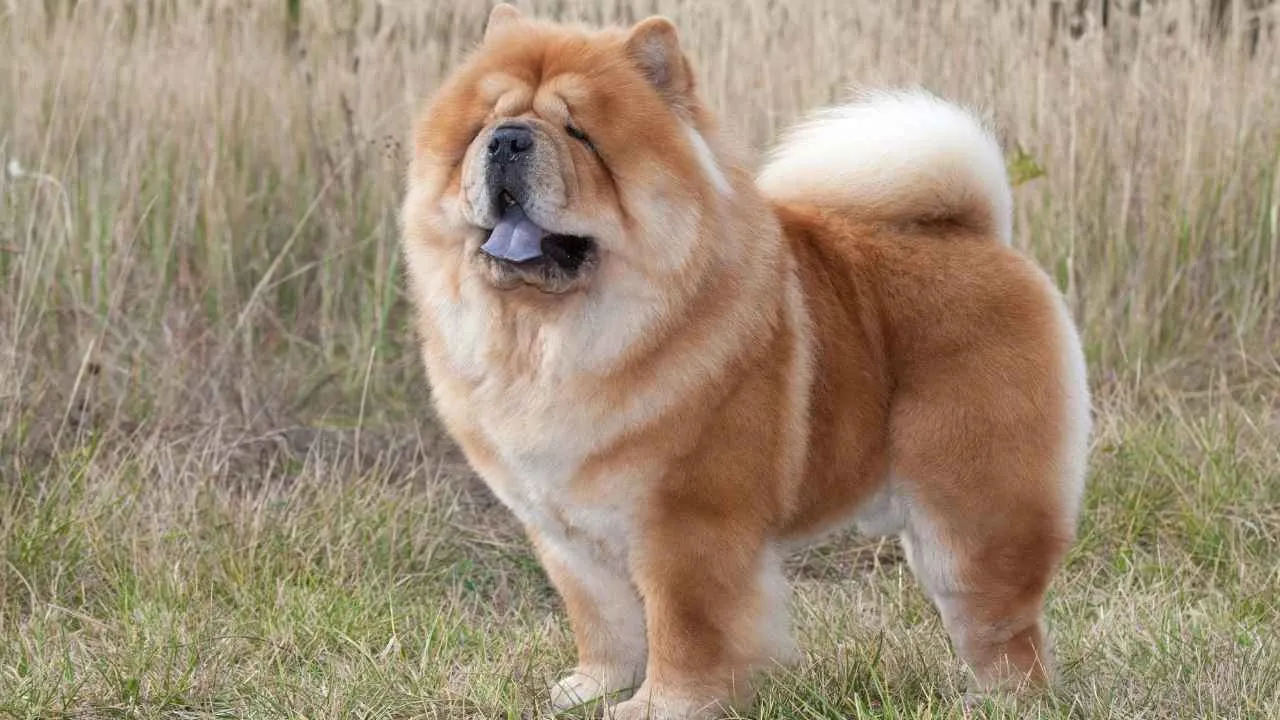
Personality: Aloof but Loyal
Chow Chows are known for their independent and aloof nature, often seeming distant or uninterested in strangers. They’re not the typical “cuddle dog” and prefer solitude or their immediate family circle.
While they can be affectionate with their owners, they tend to reserve their warmth for those they trust, making them more impersonal than other breeds, as they’re one of the oldest dog breeds.
Rude Behavior: The Uninviting Host
Chow Chows are not typically the type to invite strangers into their personal space. Their territorial nature means they can become defensive, and their lack of enthusiasm for meeting new people may come off as rude or standoffish.
Their initial reluctance to engage with others can sometimes lead to aggressive reactions if they feel their boundaries are being crossed.
Behavior Traits That Can Seem Rude
Ignoring commands or refusing to engage
Snapping or growling at unfamiliar people
Guarding space or possessions from guests
Walking away from affection or playtime
Showing disinterest in social interaction
2. Dachshund
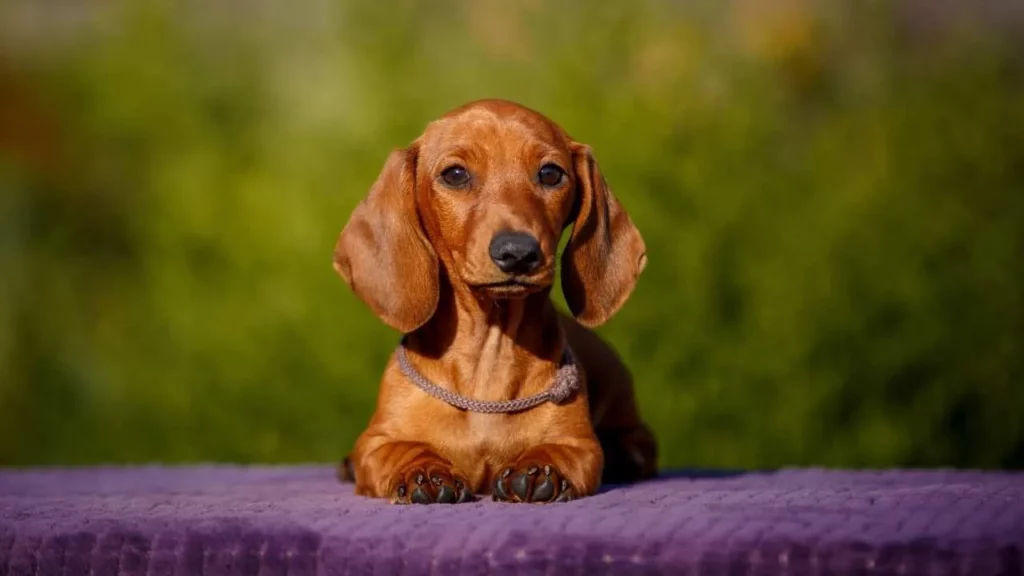
Aggressive Tendencies: A Loud Defender
Despite their small stature, Dachshunds have a big-dog attitude, particularly when it comes to guarding their territory. PDSA says that they are often quite vocal and will bark loudly at anything that seems out of place.
Though not naturally aggressive, their protectiveness can sometimes come off as rude, especially when they’ve not been properly socialized.
Rude Behavior: Bold and Brazen
Dachshunds aren’t the type to shy away from confrontation, whether with other dogs or new people. Their boldness often leads them to act out in what may seem like rude behavior, particularly if they’re not properly introduced to new situations.
This can include barking excessively or even snapping at strangers, making them more prone to displaying aggression than other breeds.
Common Behavior Issues to Watch For:
Possessiveness over toys or food
Snappy or reactive behavior when startled
Ignoring commands if distracted by scents
Digging or destructive habits when bored
3. Bulldog
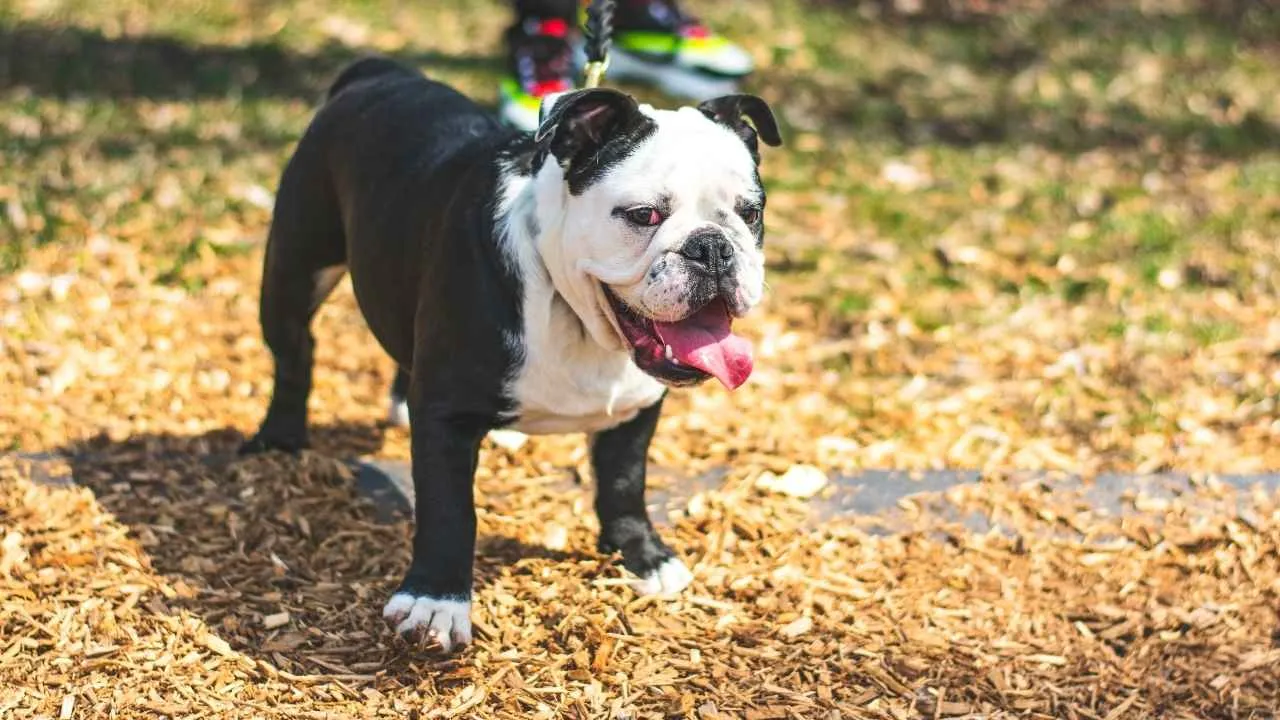
Rude Behavior: Grumpy or Just Honest?
Bulldogs may snort, grunt, and give side-eye when displeased—behaviors that come off as cranky or even rude. Their lazy attitude and tendency to ignore commands or social cues can frustrate inexperienced owners.
Without proper socialization, they might react dismissively or even snap if pushed too far.
Environment Needs: Quiet and Comfortable
Bulldogs aren’t built for hustle and bustle—they prefer quiet, cool environments and minimal exertion. As per PetMD, their short snouts make them heat-sensitive, and their low energy means they’re often more of a couch potato than a playmate.
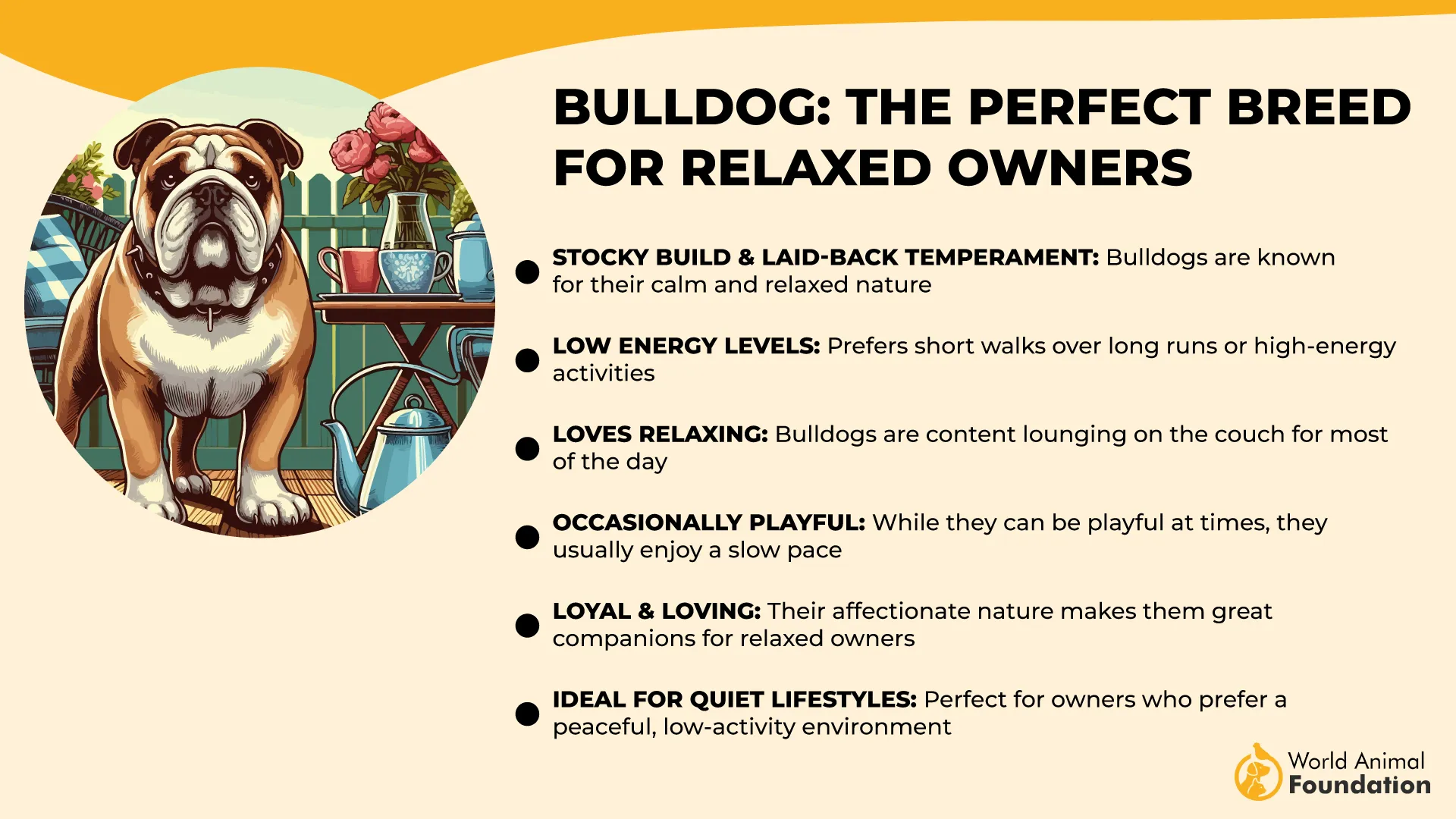
While loyal and loving, their laid-back attitude can sometimes translate into behavior that feels dismissive or even rude if not understood properly.
Watch Out for These “Bulldog Moments”
Turning their back when called
Refusing to move or follow basic commands
Staring down guests without engaging
Snapping if woken up or disturbed while resting
Showing jealousy when attention is given to others
4. Afghan Hound
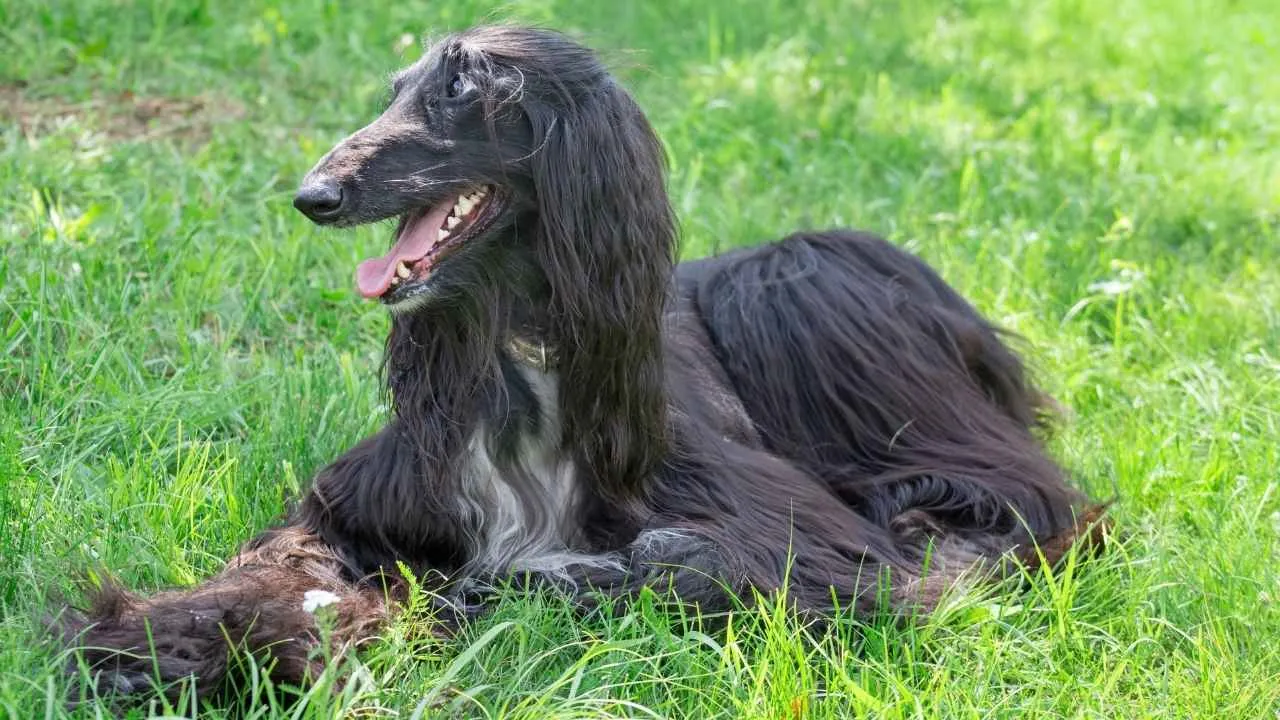
History: Ancient Elegance
The Afghan Hound is one of the oldest sighthound breeds, developed thousands of years ago by nomadic tribes across Afghanistan, Pakistan, and northern India, as per Hill’s Pet.
Bred to chase game across rugged mountain terrain, this breed’s long history is marked by resilience and grace. Despite centuries of upheaval in the region, the Afghan Hound has maintained its dignified and independent nature.
Rude Behavior: Selective Engagement
Afghans can seem rude because they often ignore commands and requests, particularly if distracted by their strong prey drive.
Their tendency to walk away or simply not respond to strangers can be misinterpreted as aloofness or disrespect. Without proper training, their independent streak can lead to frustrating behavior for owners.
Behavior Traits to Note:
Ignoring recall commands, especially outdoors
Staring blankly instead of engaging with strangers
High prey drive leading to chasing small animals
Chewing or destructive behavior when bored
5. Jack Russel Terrier
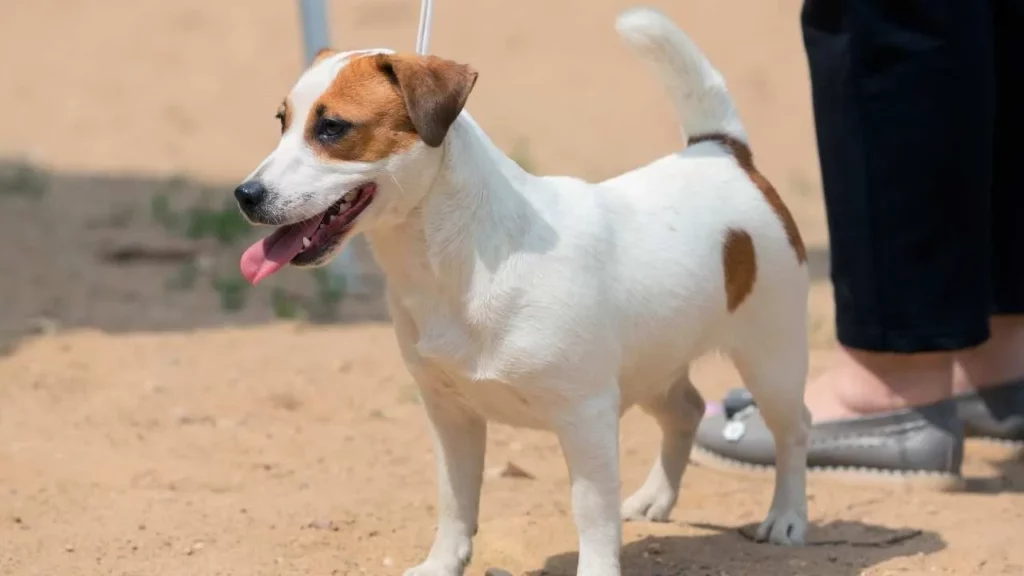
Rude Behavior: Mischievous and Bold
Jack Russells are notorious for their mischievous behavior, often digging, escaping, or getting into trouble when understimulated.
According to Britannica, their fearless nature can lead to aggressive interactions with unfamiliar dogs or small animals, making supervision essential. Their tendency to wander and ignore commands can be frustrating for owners.

Ideal Environment: Active and Engaged
This breed thrives in active households where they have plenty of space to run and play. Jack Russells need constant mental and physical challenges to prevent destructive behaviors. They do best with experienced owners who understand their hunting instincts and high energy levels.
Key Mischief Traits to Watch
Digging holes in yards or gardens
Chasing or snapping at smaller pets
Barking excessively to alert or annoy
Escaping through fences or gates
6. Beagle
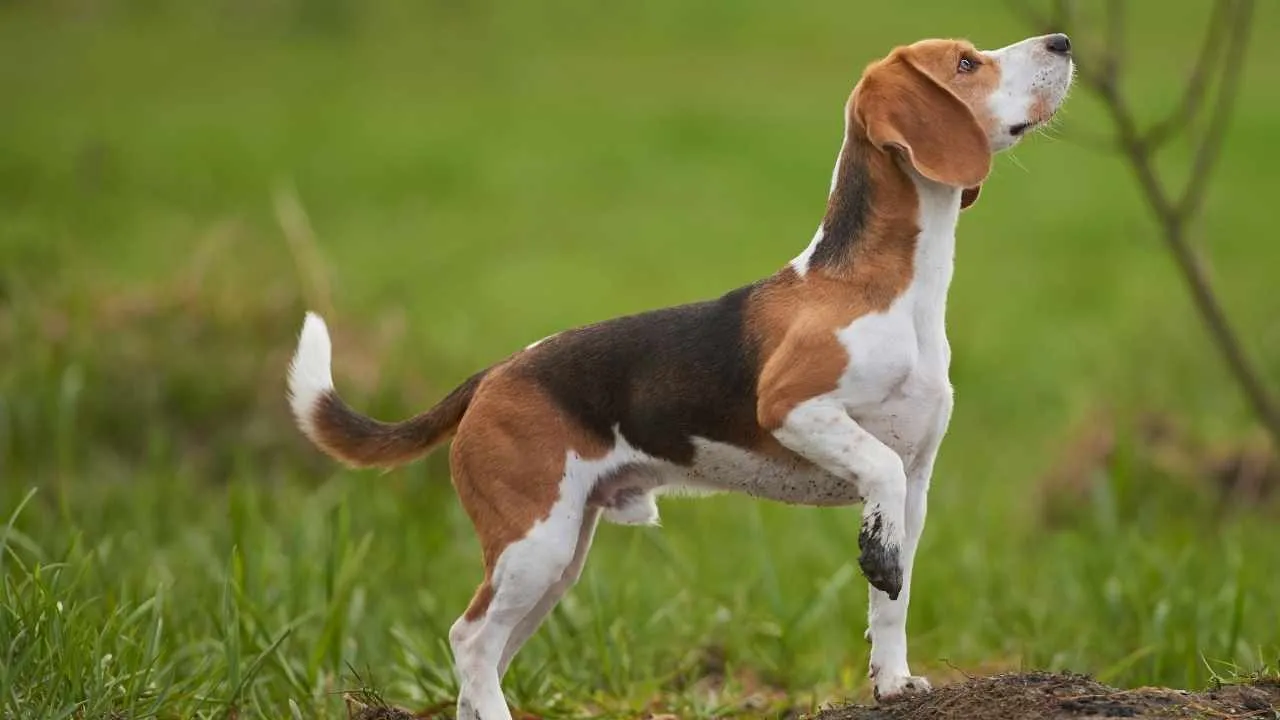
Training Challenges: Distractable and Vocal
While intelligent, Beagles are notorious for being difficult to train due to their strong scent drive and short attention span. Their vocal nature often leads to excessive barking or howling, especially when bored or left alone for long periods. This can make them less than ideal for owners who prefer a quieter dog.
Rude Behavior: Vocal and Stubborn
Beagles’ loud and persistent barking can be seen as rude, especially when they don’t respond to efforts to calm them down.
They’re among the most stubborn dogs, and their tendency to follow their nose regardless of commands can frustrate owners. Beagles’ playful but determined nature means they often test boundaries.
Common Behavioral Issues to Watch
Tendency to roam or escape if not contained
Destructive chewing or digging when bored
Difficulty with housebreaking and obedience
Easily distracted, ignoring commands during training
7. Chihuahua
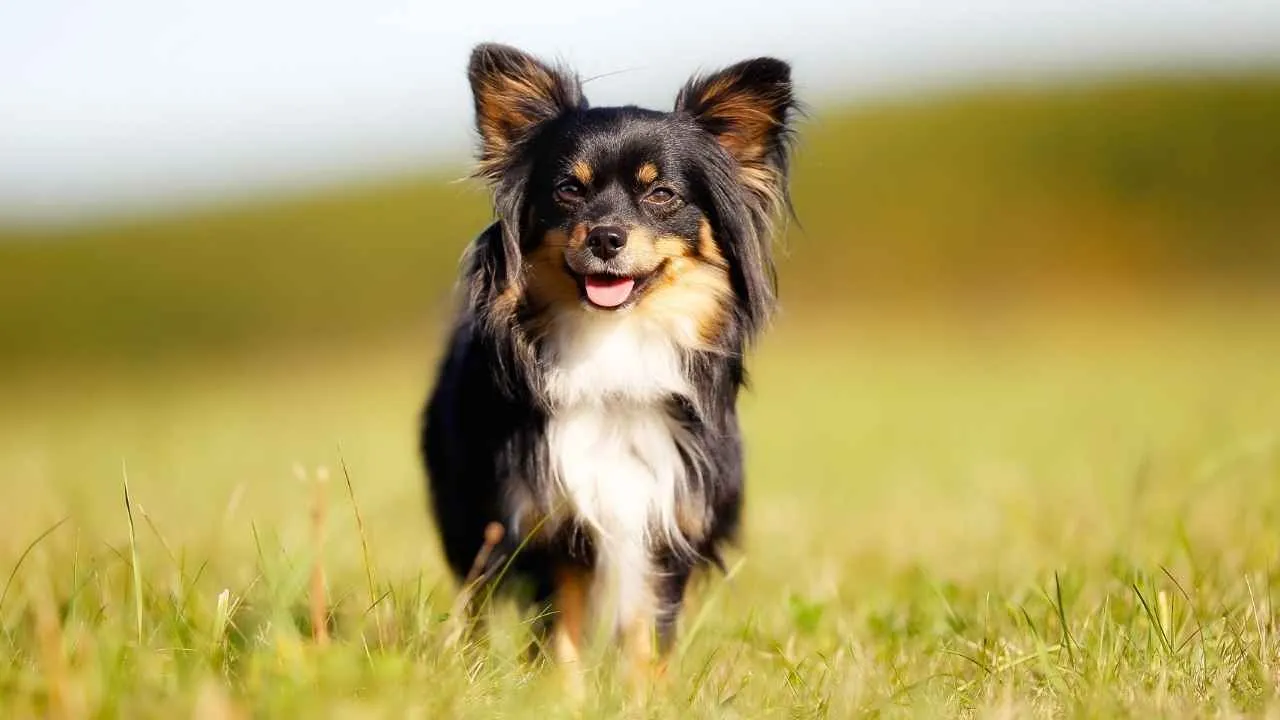
Rude Behavior: Feisty and Fearless
Chihuahuas often display a surprising amount of attitude, sometimes snapping or lunging at dogs much bigger than themselves. Their vocal nature can also be overwhelming for some, especially if they aren’t properly socialized or mentally stimulated.
Without early training, their boldness can turn into problematic behaviors.
Ideal Owner: Experienced and Patient
Chihuahuas suit owners who have experience with the toughest & strongest dogs and can provide consistent training and socialization.
They need plenty of positive reinforcement and firm leadership to channel their energy and attitude into well-mannered behavior. Despite their stubborn streak, they make loving, lively companions.
Chihuahua Quirks to Know
Barking excessively at strangers or noises
Challenging larger dogs despite their size
Stubbornness during training sessions
Demanding attention and affection constantly
Sensitive to cold due to their tiny bodies
8. Scottish Terrier
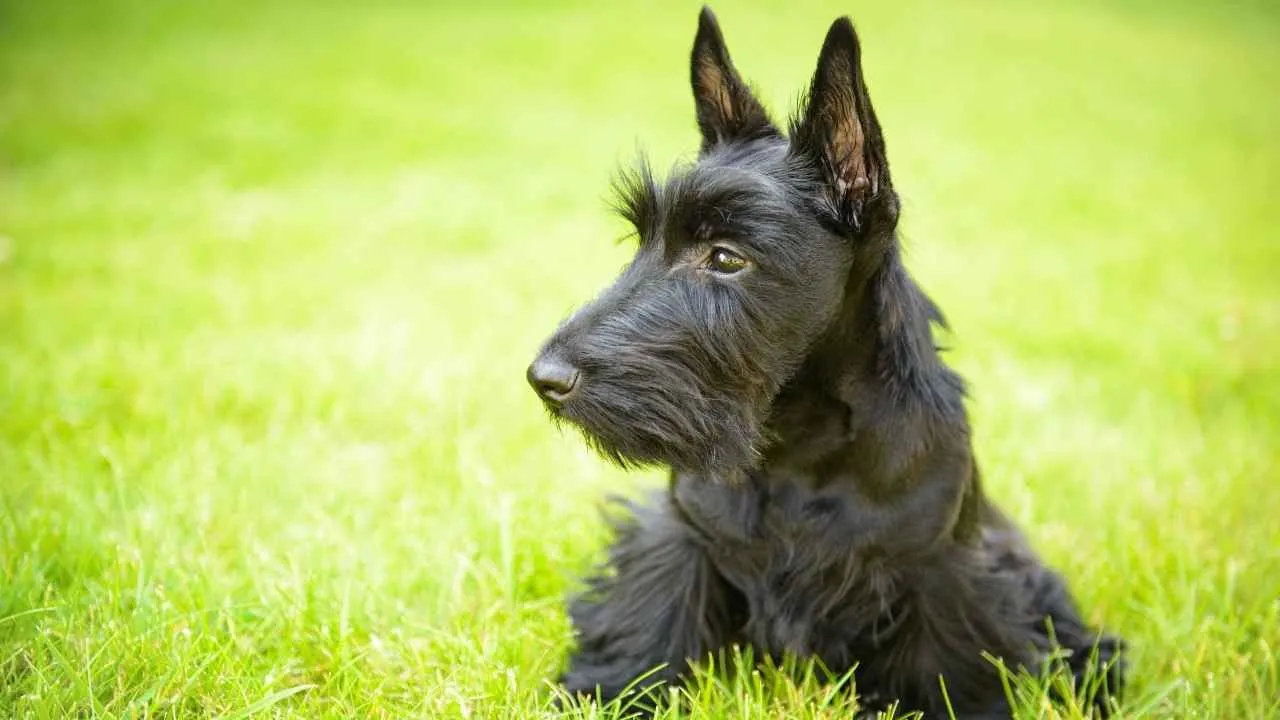
Personality: Rugged and Loyal
Scottish Terriers, also known as Scotties or “the Diehard,” are confident, loyal, and one of the most affectionate dogs. They tend to be friendly with people but can show aggression toward other dogs and smaller animals, reflecting their strong prey drive.
Rude Behavior: Persistent and Protective
Known for their persistence and hunting instincts, Scotties can be territorial and aggressive toward unfamiliar dogs or small pets.
Their digging habits and tendency to escape fenced areas also require careful supervision. They don’t always take kindly to being controlled and may ignore commands if bored or unmotivated.
Key Traits and Challenges:
High prey drive, requiring secure fences and leashes
Can be aggressive with other animals if not socialized properly
Not fond of repetitive training; need variety and short sessions
Sensitive to tone of voice and respond better to positive reinforcement
9. Siberian Husky
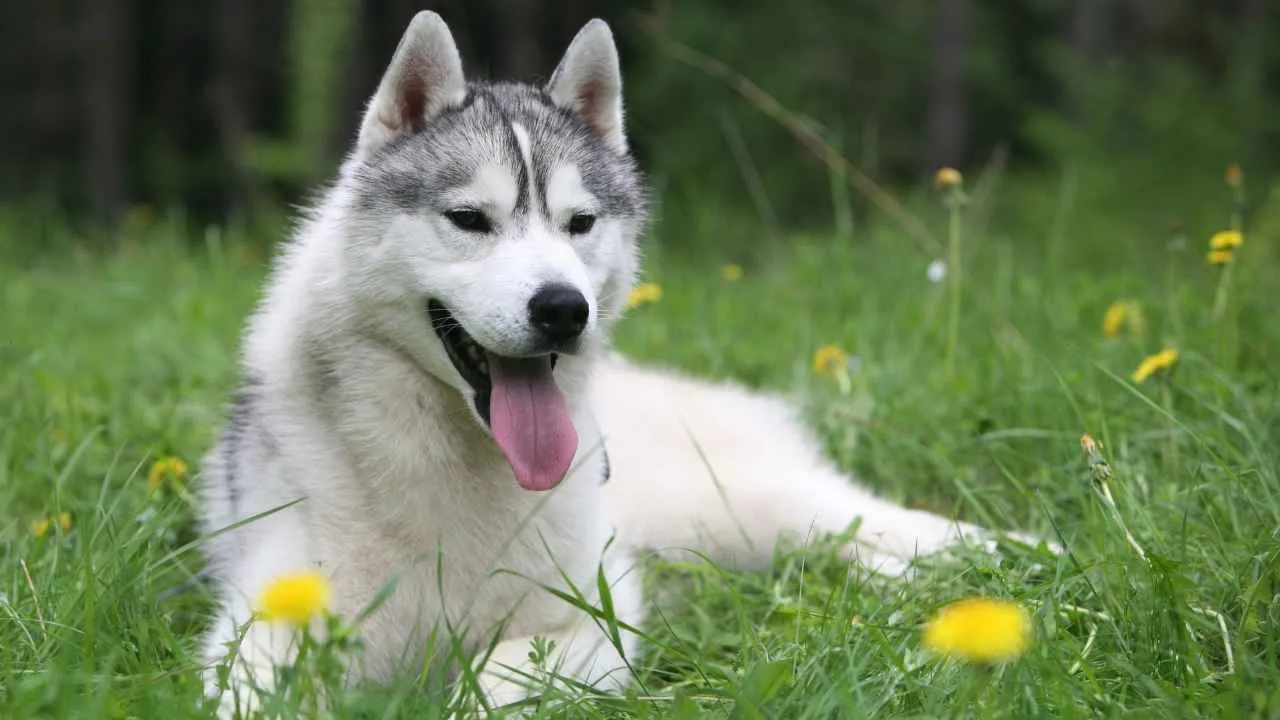
Rude Behavior: Vocal and Escape Artists
While not excessive barkers, Siberian Huskies express themselves with a wide range of howls, “woos,” and chirps that can be loud and disruptive. Their strong prey drive and desire for freedom make them infamous escape artists who may bolt if given the chance.
Ideal Home: Active and Experienced
According to the AKC, Siberian Huskies are medium-sized dogs that thrive with handlers who lead an active lifestyle and have experience with strong-willed breeds.
They require secure outdoor spaces and ample exercise to keep their minds and bodies engaged. Patience and creativity in training are key to managing their independent spirit.
Key Characteristics to Consider
Friendly toward strangers, making poor guard dogs
High energy needs—daily vigorous exercise is essential
Vocal with unique sounds, not typical barking
Strong prey drive, prone to chasing smaller animals
Conclusion
In exploring the rudest dog breeds ever seen, it’s clear that understanding each dog’s personality and training needs is key. Whether it’s a strong-willed Husky, a persistent Scottie, or an independent Chow Chow, handlers must accept that some breeds require extra attention and patience.
Every person who chooses to live with a dog should learn to read their unique sounds and signals, from a Husky’s howls to a Beagle’s baying sounds. The solution isn’t to stop the dog’s behavior but to support positive training methods that help pets feel content and polite around people, cats, and children.
A dog’s rude behavior often comes from misunderstanding or a lack of proper exercise and socialization, so handlers must be ready to invest the time and care required.
Ultimately, no matter the breed, dogs thrive when treated with kindness. The stories we hear about dogs jumping or biting are often rooted in a lack of proper guidance or understanding.
By choosing the right breed for your lifestyle and committing to consistent training, every dog can become a lovely companion who knows how to play and speak in ways that enrich the house and the hearts of the people around them.


